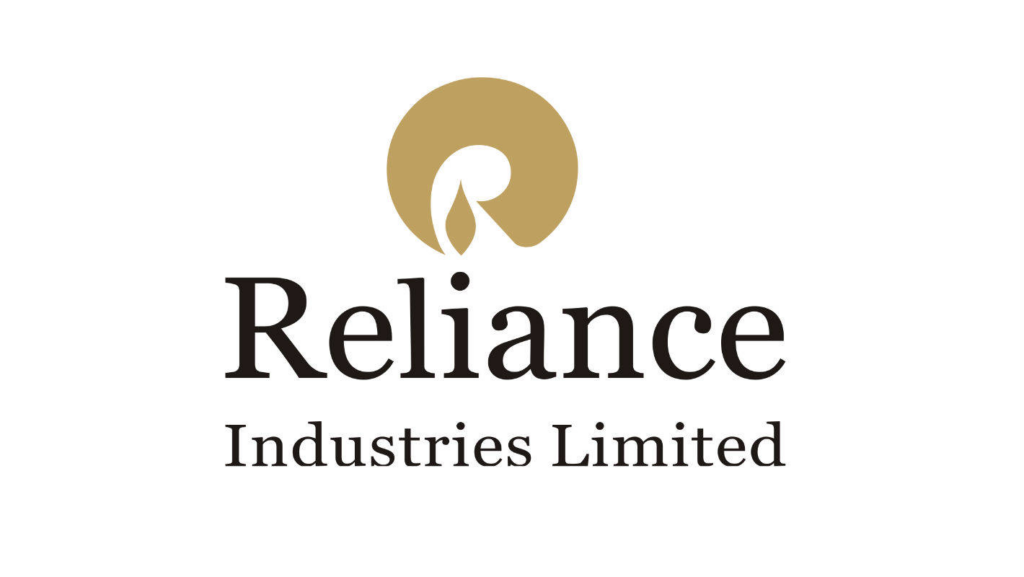
Ethane Crystal LLC, Ethane Pearl LLC, and other entities each own a single Very Large Ethane Carrier (VLEC).
This structure isolates financial and legal risks, ensuring that issues with one vessel do not affect others.
This arrangement protects Reliance’s critical ethane supply chain from disruptions.
Samsung Heavy Industries built each VLEC starting in 2016 for approximately $120 million.
These vessels use specialized cryogenic designs to transport low-cost U.S. shale ethane.
This reduces Reliance’s feedstock costs compared to more expensive naphtha.
Lower feedstock costs contribute to boosting Reliance’s petrochemical profitability.
Every ship operates under a distinct Marshall Islands-based LLC.
Each LLC is dedicated solely to ethane transport.
The Marshall Islands jurisdiction offers low taxes and regulatory flexibility.
This minimizes costs and simplifies compliance for the operations.
Housing each ship in its own LLC limits risk and streamlines financing processes.
Lenders can assess each vessel independently, which secures better loan terms.
This also preserves cash for other investments while maintaining clear accountability.
If one ship faces legal, mechanical, or financial trouble, the others remain unaffected.
This ensures an uninterrupted ethane supply to Reliance’s plants.
Continuous supply is critical to avoid costly production downtime.
Each LLC maintains its own financials, liabilities, and revenue from ethane transport.
This enables precise performance tracking and efficient capital allocation.
This separation supports Reliance’s broader portfolio management.
It allows lenders to finance ships with confidence because their exposure is limited to a single vessel.
This reduces borrowing costs and enhances Reliance’s ability to secure favorable terms.
The six VLECs were financed through a $572 million loan.
The debt is held at the LLC level, not by Reliance’s holding company.
This keeps the parent’s balance sheet clean, maintaining financial flexibility for other growth initiatives.
Reliance Ethane Holding Pte Ltd, based in Singapore, owns 50% equity in all six LLCs.
This holding company carries no external debt and minimal expenses.
Its expenses were $13,459 in 2023, according to audited statements.
The holding company collects dividends and interest from the joint ventures.
It received $2.25 million in dividends and $586,414 in interest in 2023.
This passes value upstream to support Reliance’s petrochemical investments while maintaining a low-risk profile.
This setup insulates Reliance’s core operations.
It protects the parent company’s creditworthiness by isolating shipping liabilities in the LLCs.
Surplus cash flows directly to Reliance, avoiding transfer of any cashflow obligations other than profit.
This maximizes shareholder value by ensuring only net profits are upstreamed for high-return investments.
The VLECs transport ethane from U.S. Gulf Coast terminals to Reliance’s plants.
These plants are located in Dahej, Hazira, and Nagothane, India.
Leveraging low-cost shale ethane reduces production costs.
This gains Reliance a competitive edge in the global petrochemical market.
Ethane is cracked into ethylene and other chemicals.
Importing U.S. ethane secures a cost-effective, long-term feedstock supply.
Owning the VLECs gives Reliance logistical control.
This eliminates reliance on volatile charter markets, reducing costs.
It also ensures reliable delivery schedules for uninterrupted plant operations.
In 2019, Reliance partnered with Mitsui O.S.K. Lines (MOL).
MOL took a 49% voting stake to manage the fleet.
This leverages MOL’s maritime expertise to enhance operational efficiency.
Reliance provides the feedstock volume for the operations.
Reliance later bought out KOTAM Maritime’s 1% share.
This brought Reliance’s voting rights to 50%.
This ensures balanced control with MOL, aligning operational decisions.
It allows Reliance to retain strategic oversight.
This structure combines MOL’s shipping expertise with Reliance’s scale.
It optimizes fleet performance and cost efficiency.
Cash flows prioritize Class B shareholders for preferential returns.
Reliance’s 100% ownership of Class C shares captures surplus profits.
This maximizes economic upside after obligations are met.
Receivables to the Singapore company earn interest.
These are paid after senior obligations.
This builds creditworthiness at the LLC level to support loan repayments.
Reliance accepts delayed cash for greater control.
This creates a self-contained, high-leverage asset loop.
Each ship acts as a floating infrastructure play to secure Reliance’s supply chain with minimal risk.
The holding company acts as a passive, low-risk funnel.
It collects high-yield profits to support Reliance’s broader petrochemical ambitions.
Ethane is fundamental to Reliance’s scale advantage in chemicals.
These ships ensure a steady, cost-effective supply to maintain market leadership.
This setup represents strategic infrastructure finance.
It minimizes exposure while maximizing certainty to power Reliance’s petrochemical engine.
Reliance controls the lane, not just the fuel.
This ensures control over a critical input, from U.S. shale basins to Indian plants, with resilience and precision.